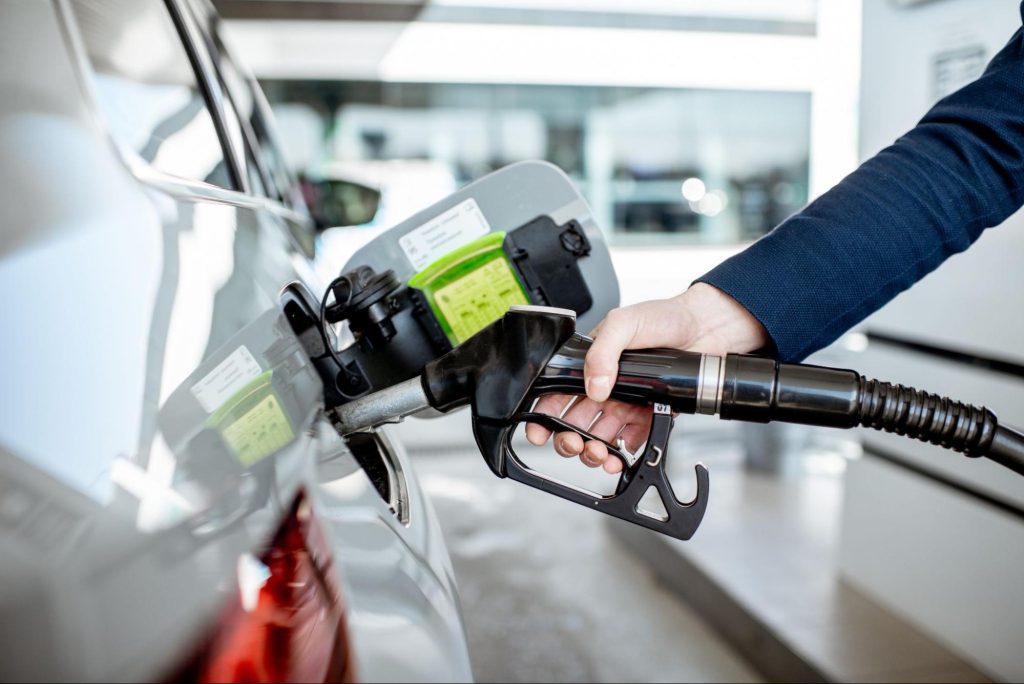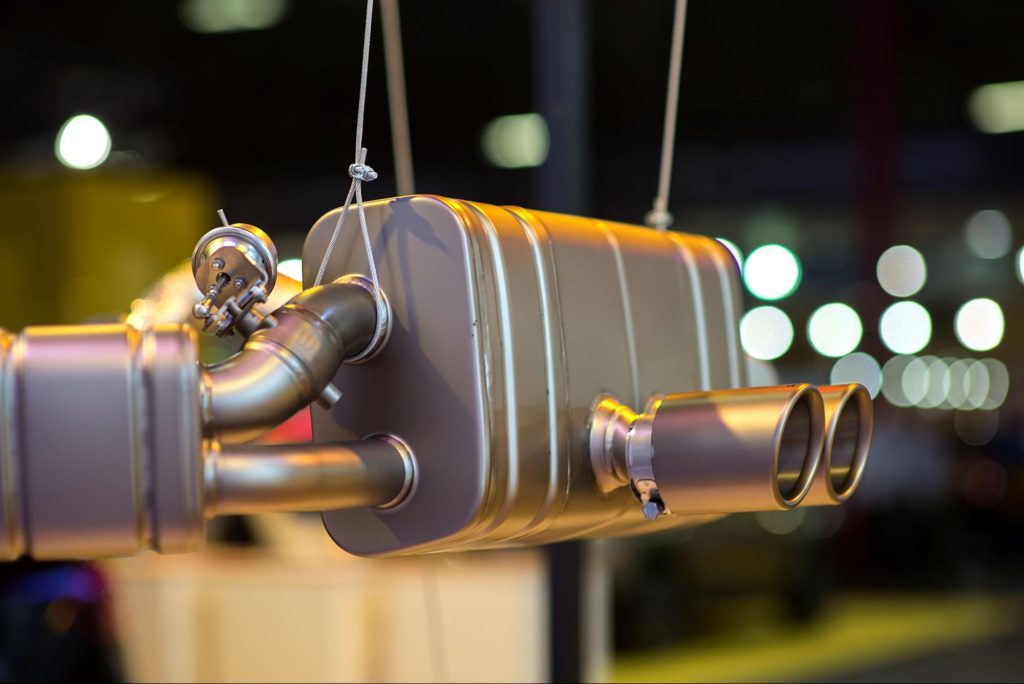Fixing the P0132 Code: Symptoms, Causes, and Solutions | SOLO Auto Electronics
Imagine driving down the road, only to be greeted by an unwelcome “check engine” light. This scenario captures the frustration many drivers face, especially when dealing with error codes like P0132. Understanding what this code entails is crucial for maintaining your vehicle’s health and performance.
The P0132 code specifically points to a high voltage issue in the oxygen sensor circuit. Oxygen sensors play an integral role in monitoring the air-fuel ratio, which impacts fuel efficiency and emissions. When the sensor malfunctions or receives incorrect voltage readings, it can lead to a cascade of performance-related issues for your vehicle.
What the P0132 Code Indicates
The P0132 code signals a problem with the O2 sensor circuit on Bank 1 Sensor 1. This upstream O2 sensor measures the oxygen content in exhaust gases before they reach the catalytic converters. The code means the sensor voltage is too high, often due to a faulty O2 sensor or wiring issues like frayed wires.
Common Symptoms:
- Check engine light illuminates.
- Poor fuel efficiency.
- Rich condition (too much fuel, not enough air).
- Increased emissions.
Potential Causes:
- Faulty O2 sensor.
- Damaged wiring harness or connectors.
- Exhaust leaks or issues in the exhaust system.
- Problems in the oxygen sensor heater circuit.
Troubleshooting Steps:
- Inspect the wiring harness and connectors for damage.
- Check for exhaust leaks.
- Test the O2 sensor voltage.
- Examine the heater circuit and freeze frame data.
The P0132 code can impact your vehicle’s performance and fuel consumption. Addressing it promptly can prevent further damage and ensure efficient powertrain operation and powertrain verification.
Struggling with a check engine light? Let our Repair Center handle your P0132 code quickly and effectively—contact us today!
Common Causes of P0132
The P0132 code is a common issue in vehicles that can lead to performance problems. Understanding its causes is crucial for proper diagnosis and repair. This trouble code points to high voltage detected by the upstream O2 sensor on Bank 1. Below are some common causes of P0132.
Faulty Oxygen Sensors
A faulty oxygen sensor or oxygen sensor connector is a frequent cause of the P0132 code. The sensor may send incorrect signals to the car’s computer, leading to a high voltage reading. This affects the air-fuel mixture, making the engine run inefficiently and increasing fuel consumption.
Damaged Wiring or Connectors
Frayed wires or damaged connectors in the O2 sensor circuit can also cause P0132. These electrical issues disrupt the flow of information between the sensor and the vehicle’s computer. It is important to inspect the wiring harness for any signs of wear or damage.
Malfunctioning Catalytic Converters
Though not as common, a malfunctioning catalytic converter or oxygen sensor connector can cause issues that trigger a P0132 code. If the converter is not processing exhaust gases correctly, it can affect sensor readings and lead to high voltage signals.
Issues with Air-Fuel Ratio Sensors
Air-fuel ratio sensors work closely with O2 sensors to monitor and adjust the mixture of air and fuel. If these sensors are malfunctioning, they can skew readings and throw off the balance, leading to a P0132 code. Regular checks and maintenance of these sensors can help prevent such problems.
Symptoms of P0132
Code P0132 signals an issue with the O2 sensor circuit. This code indicates high voltage in the upstream sensor on Bank 1, affecting the vehicle’s performance, often caused by a bad O2 sensor. Let’s look at some common symptoms.
Rough Engine Performance
When the O2 sensor circuit has high voltage, it can cause rough engine performance. This happens because the sensor gives incorrect data about oxygen content. The engine control unit (ECU) may adjust the air-fuel ratio improperly, leading to sputtering during acceleration or stumbling at idle. Powertrain verification can help identify and correct these issues for smoother performance.
Decreased Fuel Efficiency
A faulty O2 sensor or fuel sensor can result in poor fuel efficiency. The engine might run in a rich condition, burning more fuel than necessary. This is because incorrect oxygen sensor voltage can mislead the ECU into adjusting the air-fuel mixture inefficiently. More trips to the gas station mean increased fuel consumption.


Illuminated Check Engine Light
One of the most obvious signs of an O2 sensor issue is the check engine light. When the sensor detects high voltage, it triggers the light to alert you. The light is a sign to check the oxygen sensor circuit, especially the upstream O2 sensor on Bank 1. Addressing this early can prevent more extensive damage to the catalytic converters and other components.
Diagnosing the P0132 Code
Code P0132 indicates a problem with the upstream O2 sensor on Bank 1. It means the oxygen sensor circuit has a high voltage. This can cause a check engine light and may affect your car’s fuel efficiency. If left unchecked, it can harm catalytic converters. Diagnosing this code involves looking at the O2 sensor and related systems.
Inspecting the Oxygen Sensor and Wiring
First, examine the upstream O2 sensor and its wiring. Look for any signs of damage, like frayed wires or a damaged wiring harness. Check for exhaust leaks near the sensor, as they can affect readings. Also, the heater wires are inspected, as they help the sensor function in cold conditions, the head oxygen sensor reading is verified to ensure accuracy, and powertrain verification is performed to ensure optimal performance.
Testing the Sensor’s Functionality
Next, test the O2 sensor itself. A multimeter can measure the oxygen sensor voltage. The sensor should produce a voltage between 0.1 and 0.9 volts in a closed loop. If the readings are out of this range, the sensor might be faulty. Consider the O2 sensor heater circuit as well, as it helps the sensor work properly.
Checking Fuel Pressure
High fuel pressure can lead to a rich condition, impacting fuel efficiency. Use a gauge to measure the fuel pressure. Compare it with the manufacturer’s specifications. Incorrect pressure can affect the air-fuel ratio sensor’s performance and may require powertrain verification to ensure proper function.
Evaluating the Catalytic Converter
The catalytic converter is crucial for reducing emissions. If it’s clogged, it can affect the upstream O2 sensor readings. Check for any signs of damage or blockage. A poorly functioning converter can make the engine run less efficiently and increase fuel consumption.


Solutions for P0132
Code P0132 indicates a problem with the oxygen sensor, particularly on Bank 1 Sensor 1. This sensor measures the oxygen content in your vehicle’s exhaust gases. A high voltage reading in the O2 sensor circuit can cause the check engine light to come on. Understanding the causes and finding solutions for this issue, including powertrain verification, can improve fuel efficiency and reduce pollution.
Replacing the Oxygen Sensor
If the O2 sensor is faulty, replacing it is often the best solution. The upstream sensor, located before the catalytic converter, is critical for accurate air-fuel ratio readings. Here’s what you need to do:
- Locate the Sensor: Find Bank 1, Sensor 1, which is usually near the exhaust manifold.
- Disconnect Wiring: Carefully detach the wiring harness connected to the sensor.
- Remove Sensor: Use a tool like an O2 sensor socket to unscrew and remove the sensor.
- Install New Sensor: Screw in the new sensor, ensuring it is tight and secure.
- Reconnect Wiring: Attach the wiring harness back to the new sensor.
Repairing Damaged Components
Sometimes, the issue isn’t the sensor itself, but related parts. Here are steps to address component damage:
- Check Wiring Harness: Inspect for frayed wires or disconnected plugs. Repair or replace any damaged wires.
- Heater Circuit: Ensure the O2 sensor’s heater circuit is functioning. This helps keep the sensor at the correct temperature.
- Inspect for Exhaust Leaks: Examine your exhaust system for leaks that might affect sensor readings. Repair any found leaks.
- Evaluate Catalytic Converters: Make sure the catalytic converter is working correctly. It can affect emission and oxygen sensor operation.

Resetting the Error Code
Once repairs or replacements are complete, resetting the error code is essential to ensure your vehicle’s computer (ECU) accepts the fix. Steps include:
- Use an OBD-II Scanner: Connect the scanner to your car’s diagnostic port.
- Clear Codes: Follow the scanner instructions to erase the P0132 code.
- Test Drive: Drive your vehicle to confirm the check engine light stays off and that the issue is resolved.
By addressing these areas, you can ensure your vehicle runs smoothly, maintains good fuel efficiency, and passes powertrain verification. This not only prevents further issues but also enhances the vehicle’s performance and reduces emissions.
Importance of Addressing the P0132 Code
The P0132 code signals an issue with the upstream O2 sensor, specifically Bank 1 Sensor 1. This code indicates high voltage in the oxygen sensor circuit, which can impact your vehicle’s performance.
Why Address Code P0132?
- Check Engine Light: Ignoring the code keeps the light on, masking other potential issues.
- Fuel Efficiency: A faulty O2 sensor can cause a rich condition, wasting fuel and reducing efficiency.
- Catalytic Converters: High voltage may increase emissions, straining converters and causing costly repairs.
- Performance: The O2 sensor helps maintain the proper air-fuel ratio for optimal engine performance.
Common Causes
- Faulty O2 sensor
- Wiring harness issues
- Frayed or broken heater wires
- Exhaust leaks
| Symptoms | Impact |
| Increased fuel consumption | Higher costs |
| Rough idling | Unstable engine performance |
| Poor acceleration | Safety concerns |
Addressing the P0132 code ensures your vehicle operates smoothly and efficiently. Check the oxygen sensor and heater circuits for faults to prevent prolonged damage.
Need expert help? Don’t let the P0132 code disrupt your driving experience. Visit SOLO Auto Electronics for a thorough diagnosis and reliable repairs to get your vehicle running at its best. You can also visit our Repair Center for more information.











